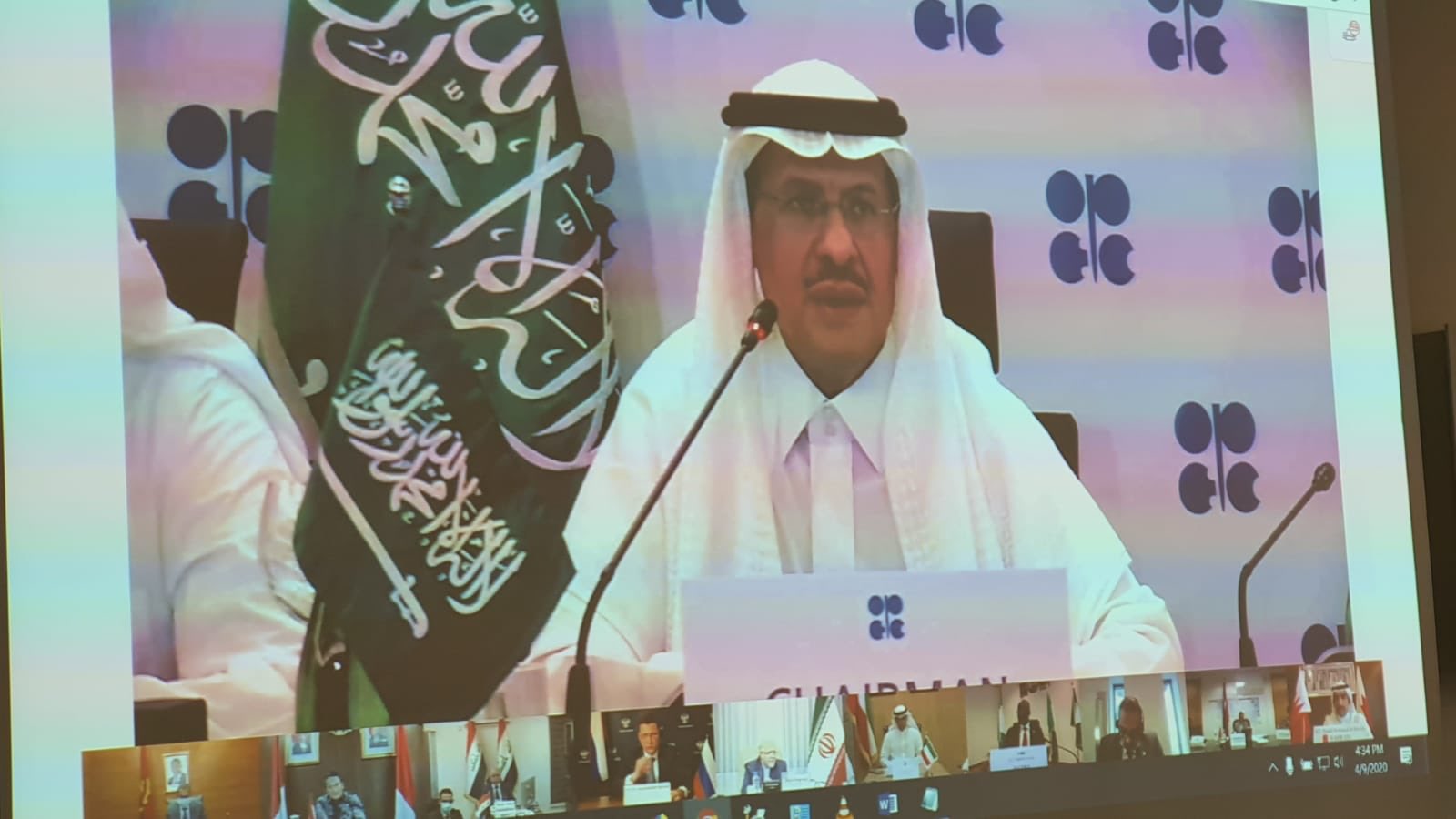
Russia Monitor is a review of the most important events related to Russian internal and external security, as well as its foreign policies.
Date: 28 February 2021
Saudi Arabia and Russia Head for Another Clash on OPEC+ Oil Cuts
Saudi Arabia says an increase in oil output should be addressed cautiously despite a recovery in global oil prices. Officials in Riyadh will keep in force the oil cuts. Moscow, on the other hand, is indicating that it still wants to proceed with a supply increase.

OPEC+ gathers on March 4. The two leaders of the pact are going into a third OPEC+ meeting with diverging views on how to manage supply to the market. As both leaders of the OPEC group and its non-OPEC peers are again at odds, they will need to reach a compromise. This time the Saudis have a new bargaining chip of 1 million barrels a day of voluntary cuts after the kingdom had pledged to make these extra curbs in February and March Riyadh already said it would quit its pledge in April. However, now oil curbs may be part of a bigger deal, notably with Russia. If Saudi Arabia increases its oil production by 1 million barrels per day, long-term oil prices will again start to decline. The Saudis could use this argument against those in favor of reducing oil curbs as agreed in the OPEC+ deal. On the other hand, Russia could play a card of growing oil demand, especially after harsh winter conditions in Texas affected heavily U.S. oil production. Although Russia has not taken its stance yet, Russian Deputy Prime Minister Alexander Novak said on February 14 that “the global oil market was balanced,” which suggests his possible views at the meeting on March 4. “It is too early to declare victory over coronavirus and hence oil producers must continue to exercise the utmost caution”, said Saudi Minister of Energy Prince Abdul Aziz Bin Salman. At the same time, in February 2021, it was for the first time that Russia produced fewer crude oil volumes than agreed last year. The expected increase in Russia’s oil output of 65,000 bpd has so far failed to materialize. Both Russia and Kazakhstan were allowed to do so during the latest OPEC meeting. Why? Temperatures in east Siberia, where many of Russia’s newer oil fields are located, plunged as low as -60 degrees Celsius.
Support Us
If content prepared by Warsaw Institute team is useful for you, please support our actions. Donations from private persons are necessary for the continuation of our mission.
All texts published by the Warsaw Institute Foundation may be disseminated on the condition that their origin is credited. Images may not be used without permission.

















